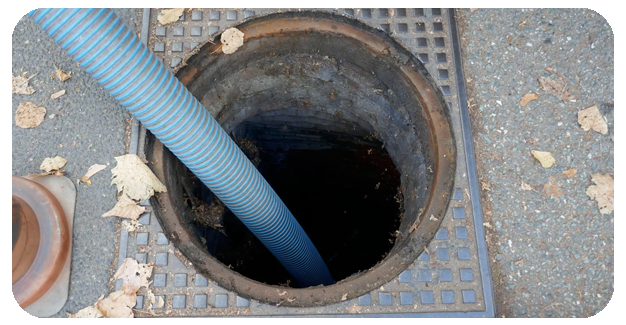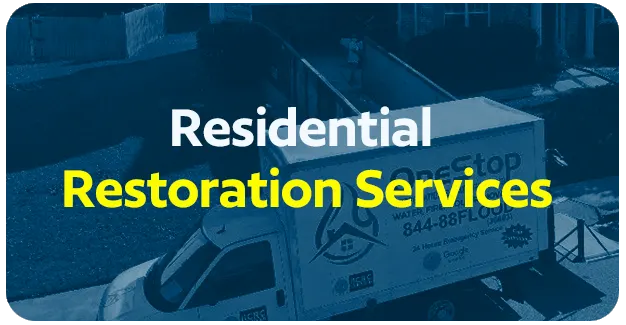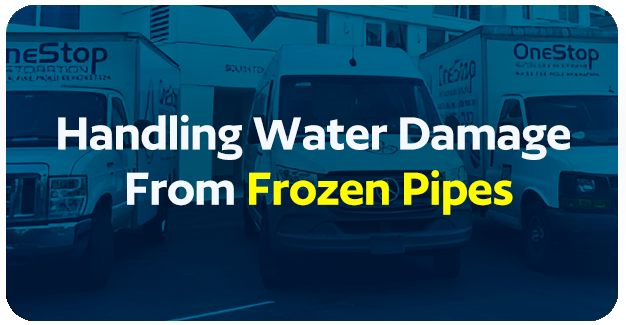
So your basement flooded with raw sewage water. You’re probably wondering if DIY sewage cleanup is something you can tackle yourself. I get it – calling professionals feels expensive. But here’s the thing: this isn’t like mopping up a regular water damage situation. We’re talking about serious health risks that could affect your whole family. Let’s talk about what you’re really dealing with here.
Understanding the Risks of a Sewage Spill
When a sewage backup happens, you’re not just dealing with dirty water. This is black water – the most dangerous type of spill you can have in your home. It contains everything that goes down your toilet and drains. Raw waste, bacteria, and virus particles are all swimming around in there.
The affected area becomes a breeding ground for disease. One wrong move during DIY sewage cleanup could contaminate your entire home. That standing water isn’t just gross – it’s genuinely hazardous to your health.
Health Risks and Black Water Contamination
Contact with sewage can make you seriously sick. We’re talking about nasty stuff like E. coli, hepatitis, and parasite infections. Even breathing the air near a sewage backup can be dangerous. The odor isn’t just unpleasant – those fumes contain pathogen particles.
Your carpet, walls, and furniture soak up these contaminant materials like sponges. Without proper protective gear like rubber gloves and goggles, DIY sewage cleanup puts you at serious risk. Professional restoration companies have the right PPE to handle these situations safely.
How to Clean Up a Sewage Spill Safely
If you absolutely must attempt DIY sewage cleanup, prioritize safety first. You’ll need:
- Full-body protective suit
- N95 respirator mask
- Waterproof boots
- Heavy-duty gloves
- Eye protection
Start by removing all contaminated areas of carpet and drywall. Use a shovel to remove solid waste. Then rinse everything with clean water. But here’s the catch – doing this right takes specialized equipment most people don’t have.
Clean and Disinfect Contaminated Areas
After removing debris, you need to sanitize everything. Mix one part bleach to nine parts water for your disinfectant solution. Scrub every surface thoroughly. This thorough cleaning process takes hours, and missing even one spot could lead to mold growth later.
DIY sewage cleanup means you’ll need to dispose of everything properly too. Contaminated materials can’t just go in regular trash. Most cities have specific rules about hazardous waste disposal.
Professional Sewage Cleanup vs DIY Cleanup Process
Here’s what a restoration professional brings to the table: industrial equipment, proper training, and insurance coverage. A cleanup service can inspect hidden damage you might miss. They know how to handle everything from a simple clog to major sewer line problems.
DIY sewage cleanup might save money upfront. But if you miss something, you’re looking at bigger problems later. Tree roots causing your backup? A plumb issue deep in your pipes? These need expert attention. A restoration company handles the entire cleanup process properly the first time.
Preventing Future Sewage Backups in Your Home
Prevention beats dealing with another sewage backup in the basement. Regular maintenance keeps your pipes flowing smoothly. Watch what goes down your drains. Get annual inspections from cleaning services to catch problems early.
DIY sewage cleanup teaches you one thing: prevention is everything. Keep your sewer backup risk low, and you’ll never face this nasty situation again. Trust me, it’s worth the effort to avoid round two of this mess.
Can I stay in my home during sewage cleanup?
It depends on the extent of damage. Small, contained spills might allow you to stay if unaffected areas remain safe. Large backups often require temporary relocation. The contamination can spread through air vents, making the entire home unsafe until professionals complete remediation
How long does professional sewage cleanup take?
Most professional jobs take 3-5 days from start to finish. This includes water extraction, removing damaged materials, drying, and sanitizing. Severe cases requiring structural repairs can take weeks. Professionals work faster than DIY attempts because they have industrial equipment and multiple team members working simultaneously.
Will homeowner's insurance cover sewage backup damage?
Standard policies usually don’t cover sewage backups unless you have specific endorsement coverage. This additional coverage costs around $40-50 yearly. Without it, you’re paying out of pocket for everything. Check your policy now, before disaster strikes. Some companies offer limited coverage for sudden, accidental backups only.








